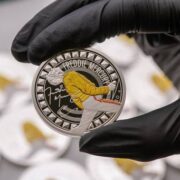Portugal school keeps UNESCO-listed equestrian art alive
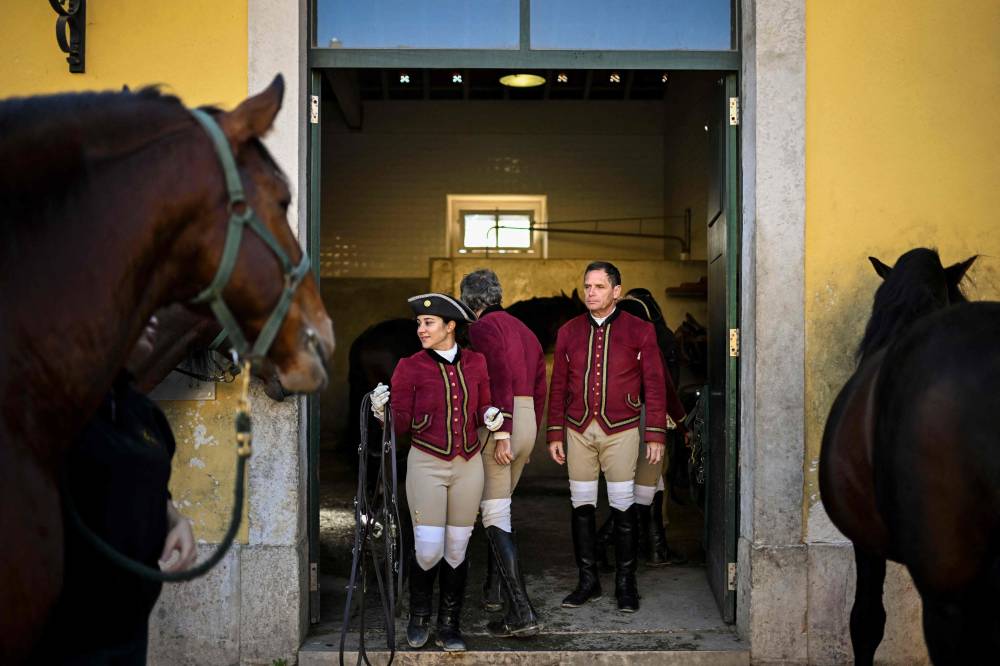
LISBON—Stable hand Catarina Cabaca carefully braided the mane of a Lusitano thoroughbred in the distinctive Portuguese style that’s just been added to UNESCO’s list of intangible cultural heritage.
She was weaving the mane at the prestigious Portuguese School of Equestrian Art in Lisbon, where dressage is taught as it was practiced at the Portuguese royal court in the 18th century.
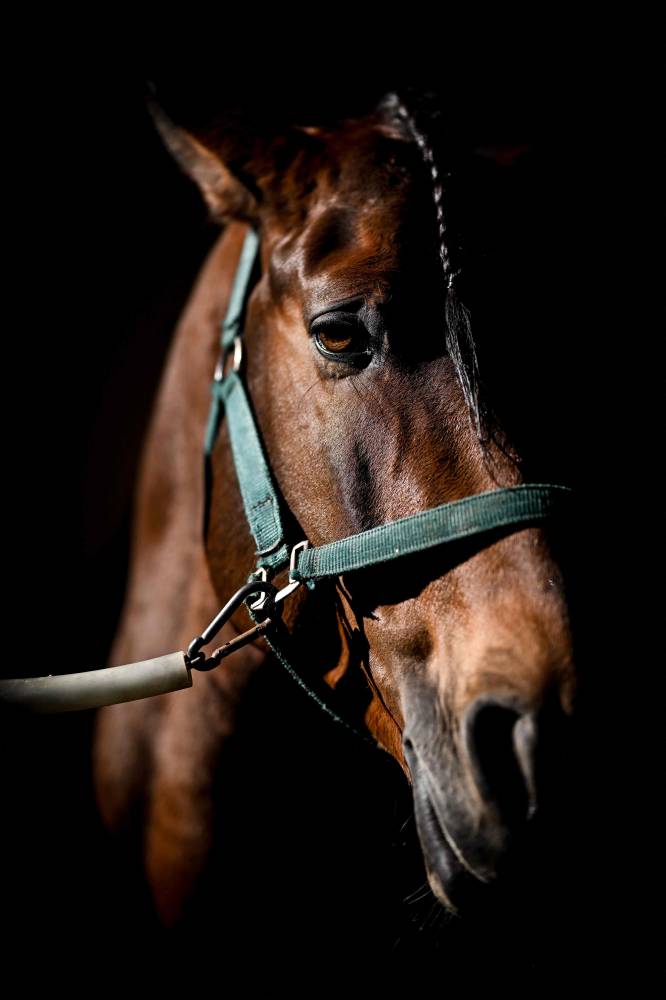
“We prepare them just like in the old days”, she told the AFP while crafting a traditional three-strand plait, ahead of a dressage performance at the school.
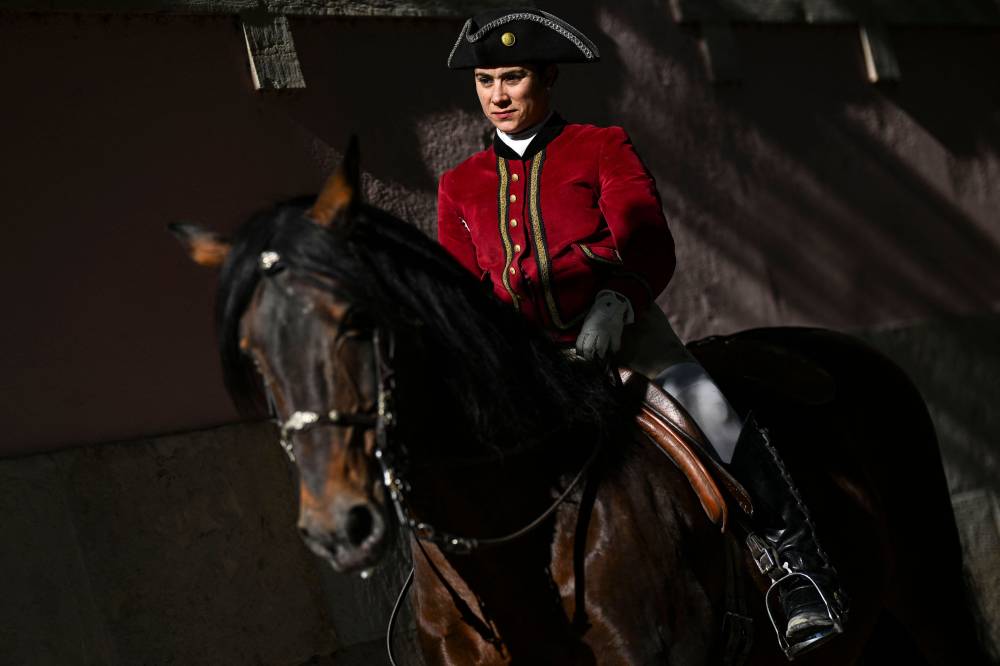
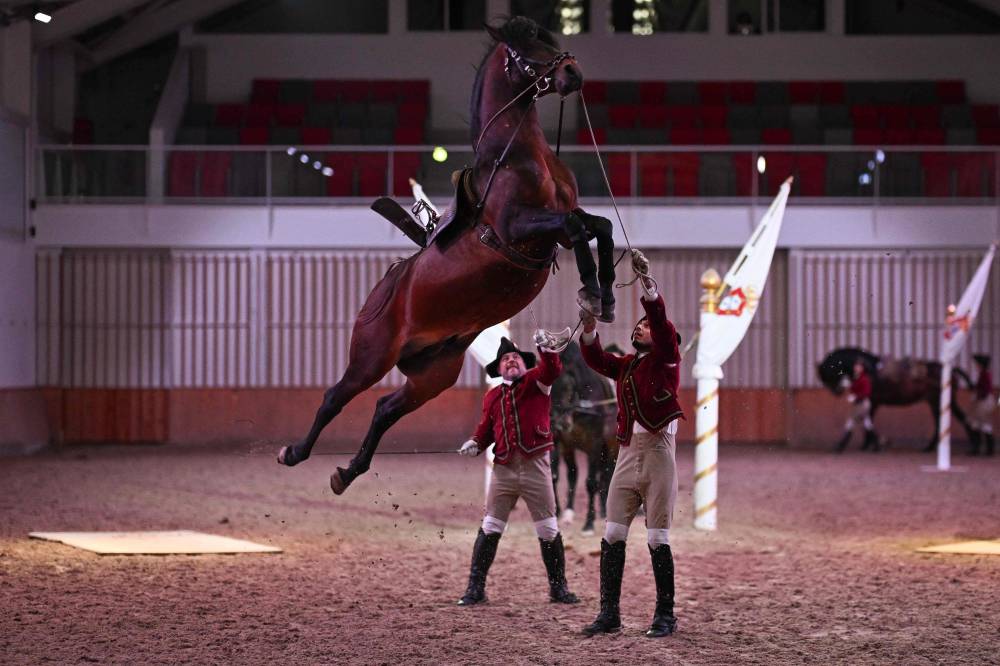
UNESCO, which added Portuguese traditional dressage to its list in December, called the practice a “source of collective identity” characterized by the rider’s traditional outfit and position on the saddle.
One of the bastions of this practice is the school in Lisbon, where equestrians ride on chamois or tapir skin saddles while dressed in burgundy velvet coats, high leather boots and black tricorn hats.
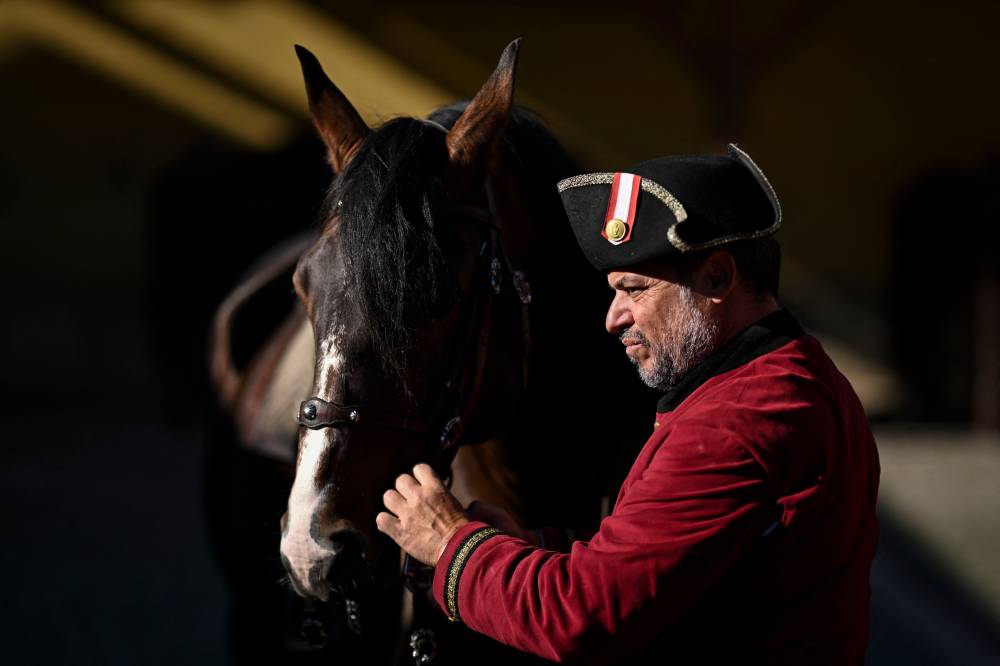
They perform choreographed exercises in the tradition of Portugal’s centuries-old equestrian art.
“We are the guardians of this national art,” said Luis Calaim, the administrator of Parques de Sintra, the public entity that runs the equestrian school.
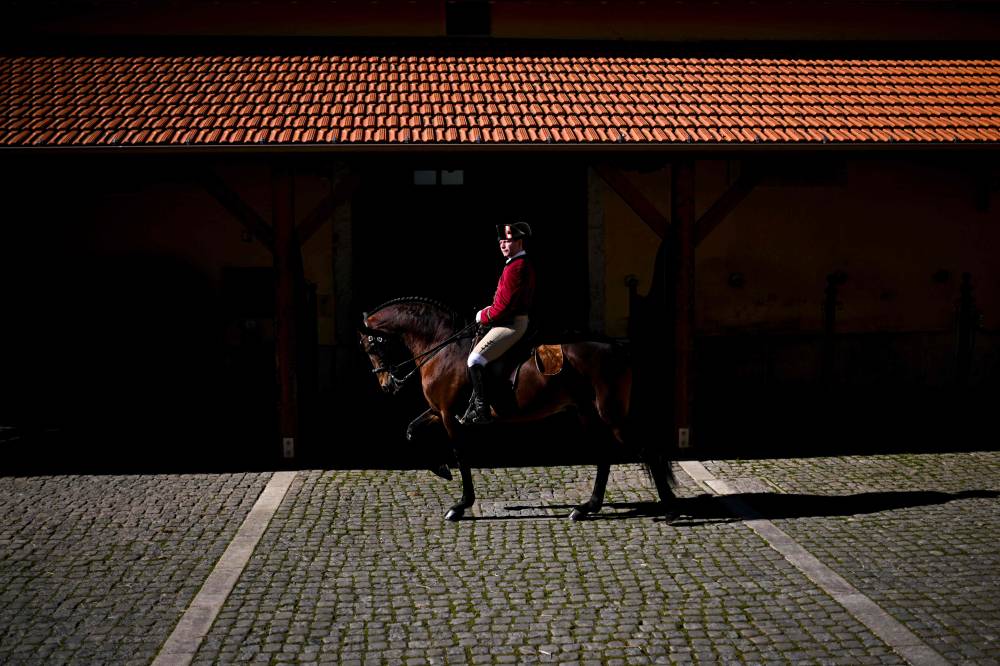
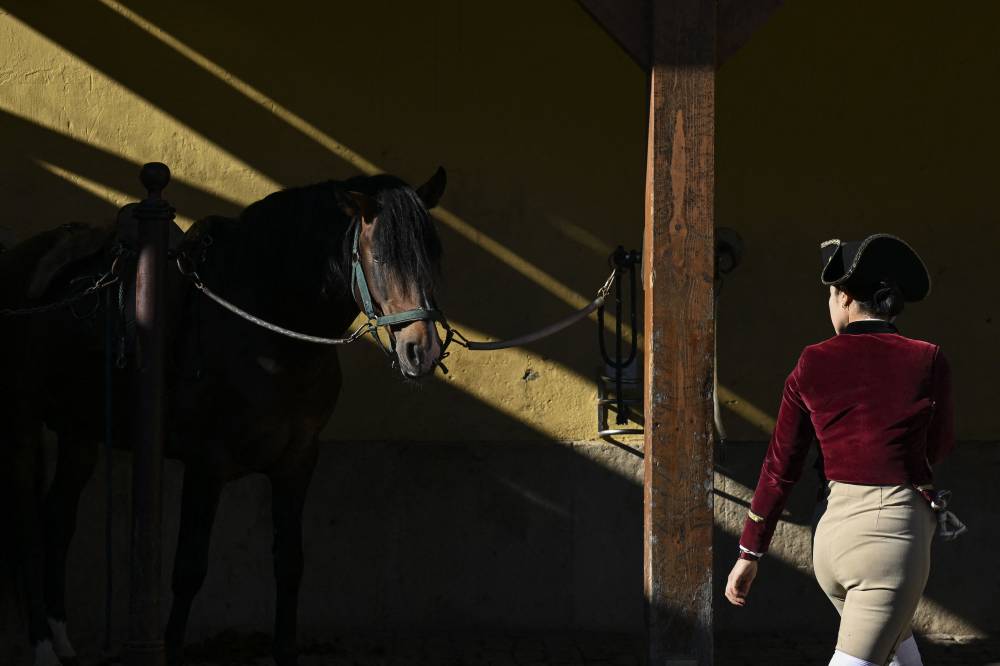
For 46-year-old rider Carlos Tomas, who has been with the school for nearly two decades, the recognition is “a responsibility” as “we play an important role in (this art’s) preservation and transmission.”
‘Collective identity’
The harmony between the rider and animal is key, but so is the Lusitano horse, a long-standing thoroughbred originating from Portugal, widely admired for its strength and agile gait, but also its docility and obedience.
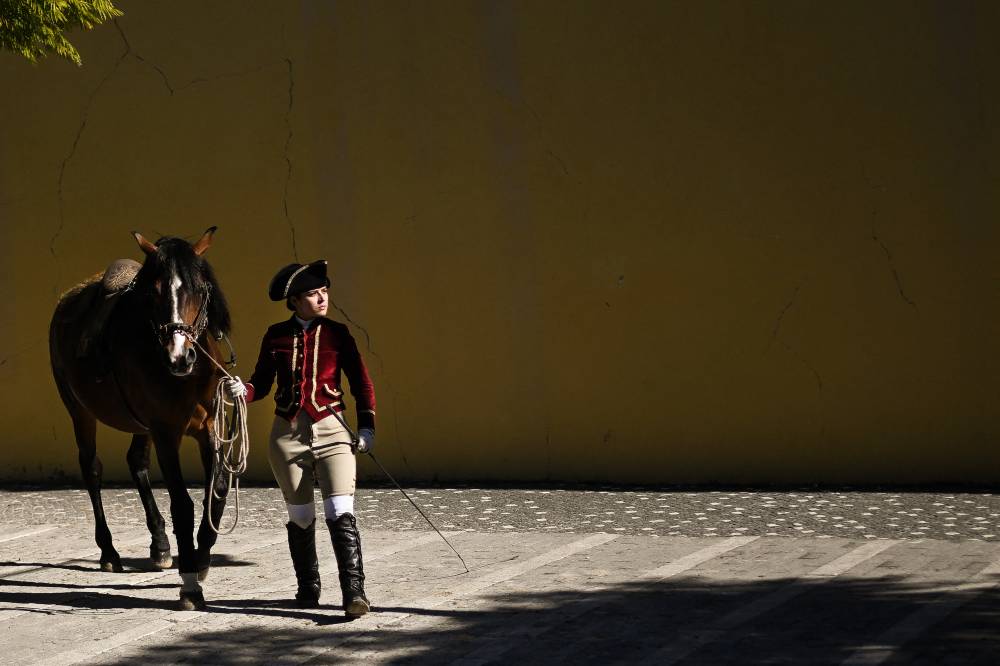
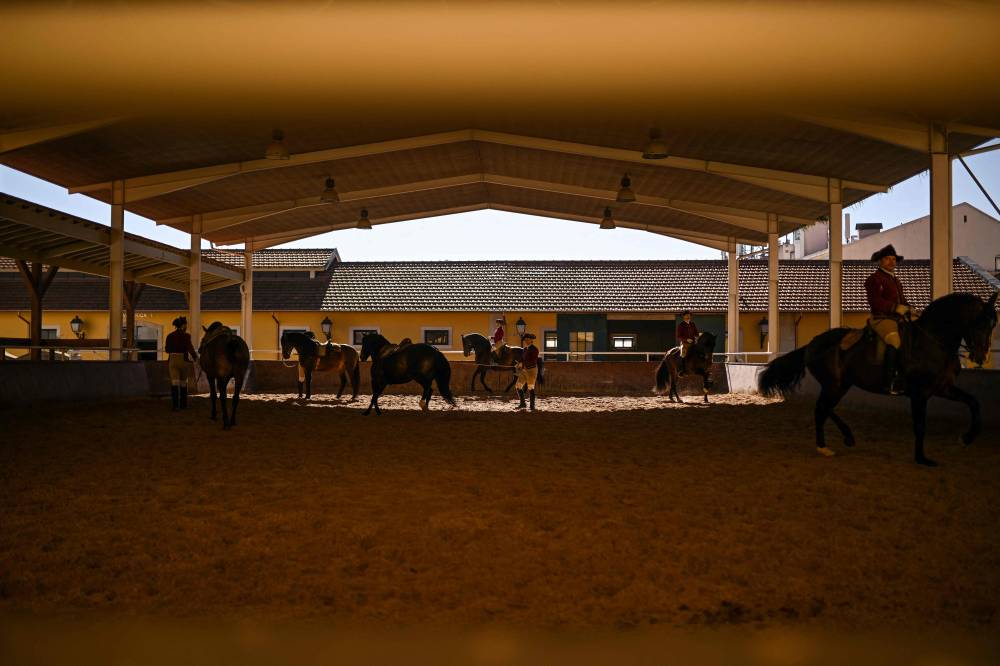
“It’s a unique horse, different from all the other races. I see it as a Portuguese product of excellence, like olive oil, wine or cork,” said Joao Pedro Rodrigues, squire at the Portuguese School of Equestrian Art.
Aside from the Portuguese School of Equestrian Art, this art continues to be practiced thanks to the work of numerous breeders, artisans and riders in Portugal and abroad.
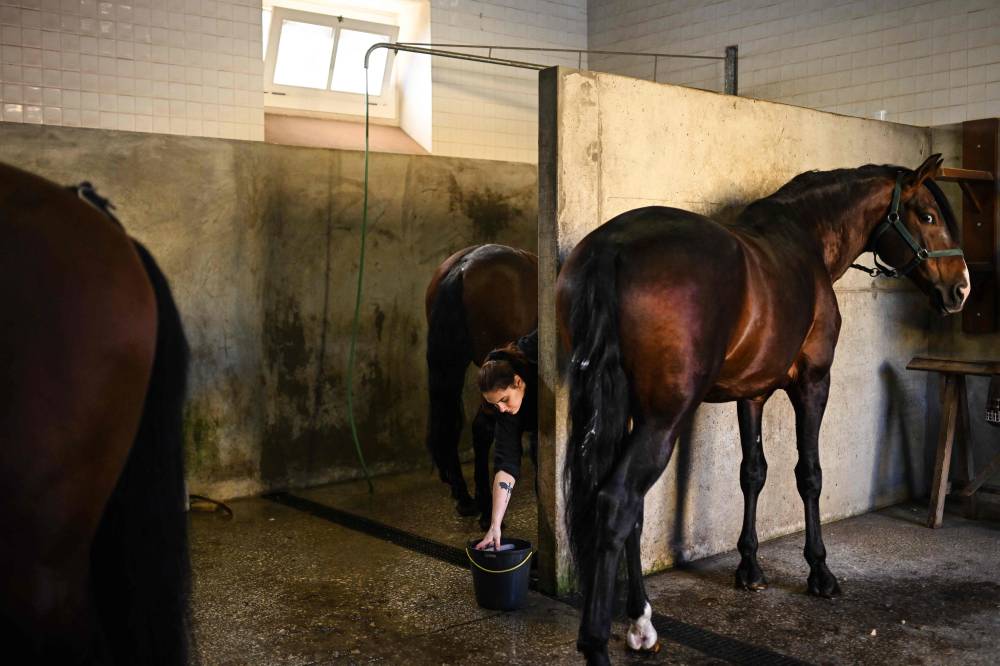
With its addition to the UNESCO list, Portuguese equestrian art joins other traditions of the Iberian country, such as fado, popular traditional songs imbued with melancholy, recognized in 2011.
AFP is one of the world's three major news agencies, and the only European one. Its mission is to provide rapid, comprehensive, impartial and verified coverage of the news and issues that shape our daily lives.











